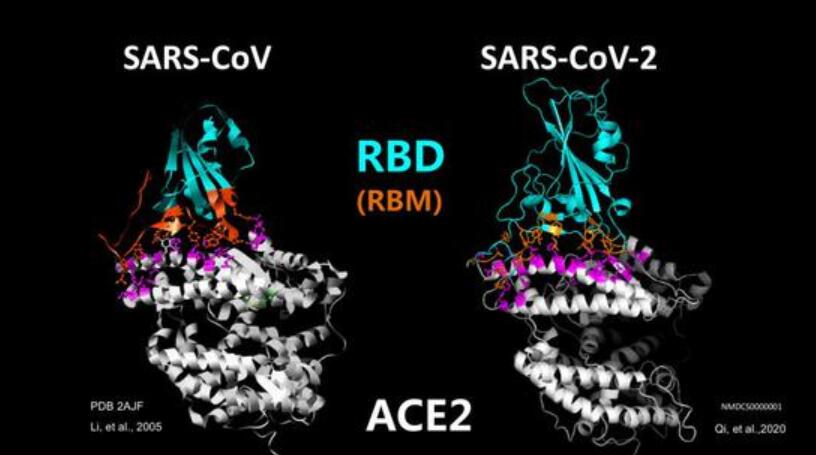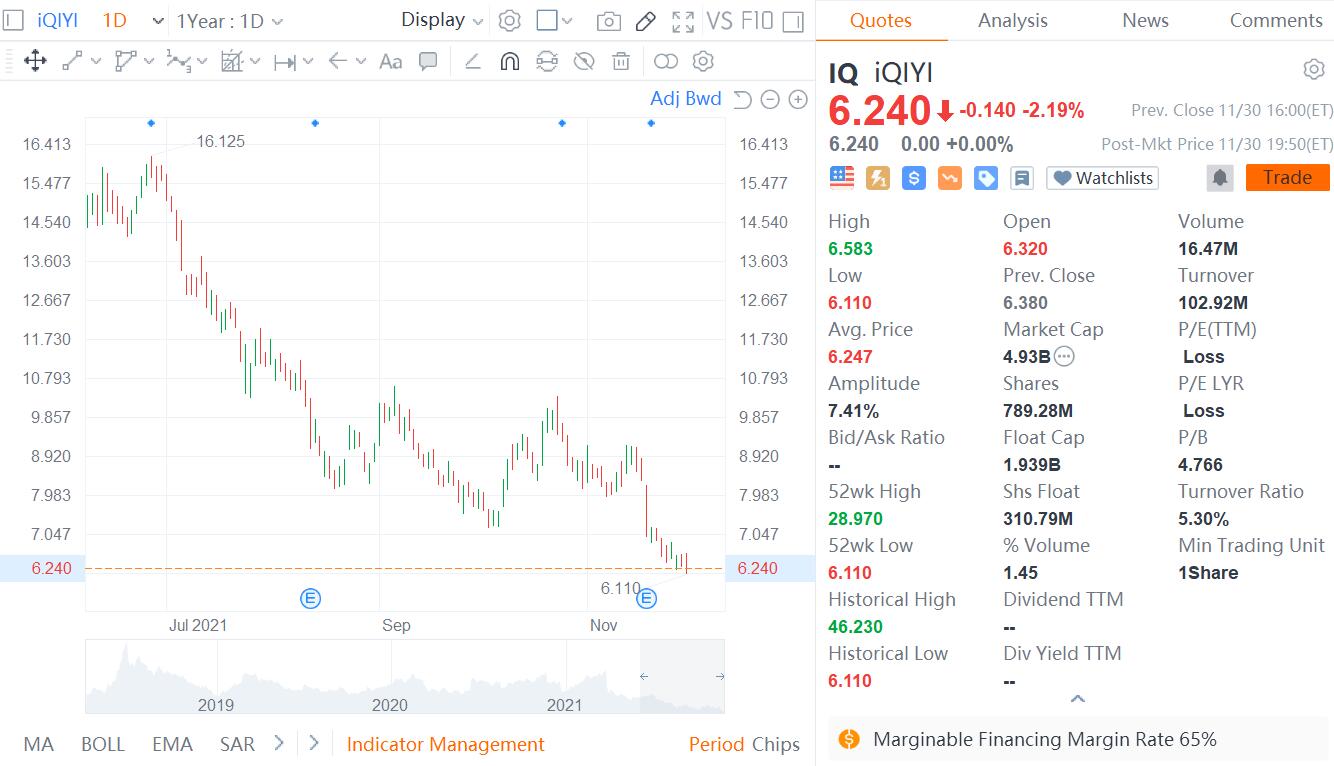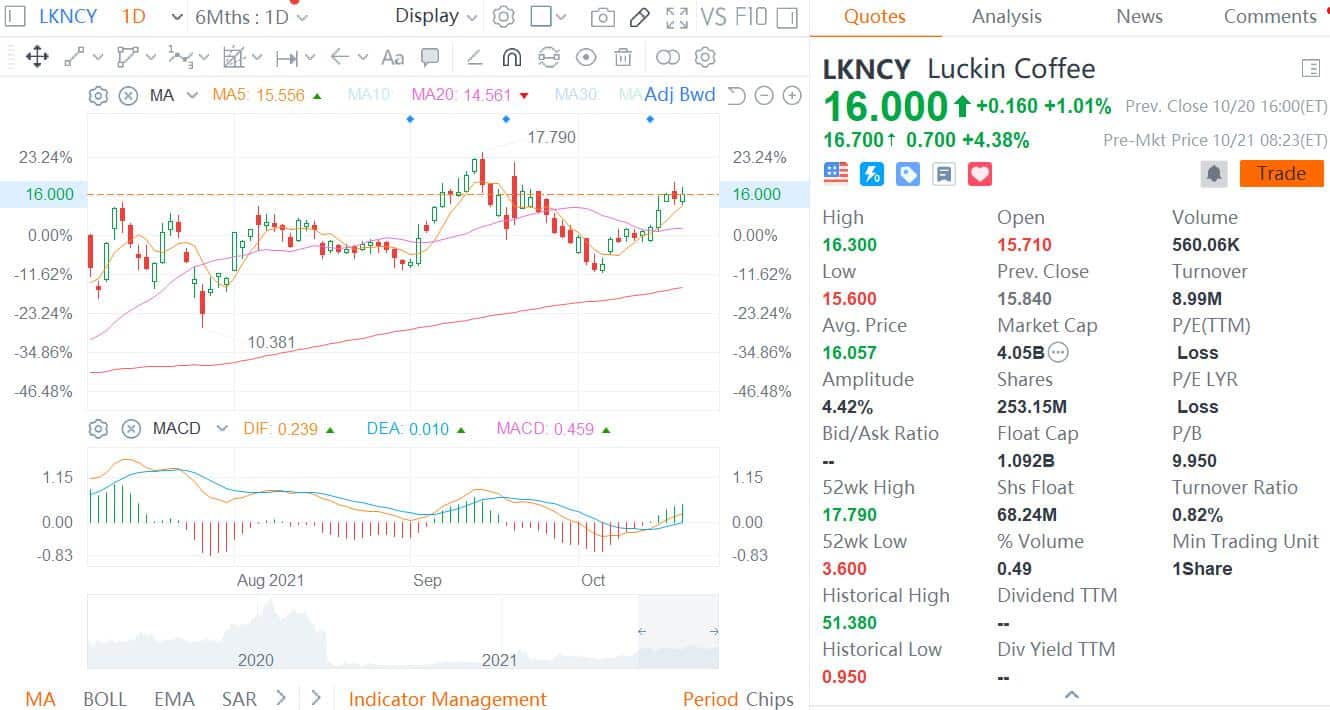This article is based on the content of a speech by Li Wenhui, a senior researcher at the Beijing Institute of Life Sciences.
There are many viruses on the earth. As part of the ecological environment, they can be transmitted between domestic animals or wild animals, as well as between humans.
New infectious diseases caused by viruses are a long-standing threat to humans. In the ocean of viruses, humans are not infected with many viruses. Why is this?
Because as the largest organ skin on the human body surface, the first "firewall" is established, which is not easy to infect all viruses.
Viruses need to have their own channels to enter the human body: the human body communicates with the outside world, including the respiratory, digestive, and reproductive tracts, as well as through mosquito bites, blood transfusions and mother-to-child transmission.
RNA virus and DNA virus
Viruses are strictly intracellular parasites. The main reason is that they do not have their own energy system or their own material system. They can only provide genetic information and a small amount of proteins and other substances.
The virus must enter the cell through a specific channel called the receptor. After entering the cell, they are replicated in the cytoplasm and nucleus, respectively.
Viruses can be divided into two categories: RNA viruses and DNA viruses. Most RNA viruses replicate in the cytoplasm, including the new coronavirus and most new viruses, as well as the common hepatitis C virus.
Most DNA viruses replicate in the nucleus, including common herpes virus, papilloma virus, and so on, but there are also DNA viruses that replicate in the cytoplasm, such as pox virus, which is smallpox virus.
Smallpox virus is currently the only virus that has been completely eliminated by human vaccines. Other viruses have not been completely eradicated even with good vaccines.
Between these two viral worlds, there is also a transboundary virus that replicates through the reverse transcription process from RNA to DNA, such as HIV (AIDS virus) and HBV (hepatitis B virus).
The virus replicates in the simplest way. The core of the virus is its genetic material. Where its genetic material is replicated is the core and the most critical element of the entire virus life.
For RNA virus, it replicates in the cytoplasm, and its genome roughly consists of two parts, one is its replicase region and the other is its structural gene region.
Coronavirus, for example, has a long positive-stranded RNA genome that translates into different proteins. Each part of the genome is different in conservation. The red area in the figure above indicates that the conservation is very high, and the decreasing color indicates that the conservation is weakened.
After the RNA virus enters the cell, it can perform gene replication and gene expression in the "virus factory" to produce viral structural proteins and genomic RNA, which are assembled into a complete RNA virus and released, thus completing its own life history.
RNA viruses must continuously and actively replicate in the cytoplasm before they can persist in cells for a long time.
This means that any key enzyme or protein in the RNA virus is missing or damaged, and the virus cannot make continuous replication.
This provides multiple targets for virus suppression. Any key target can be effectively suppressed, then the virus can be effectively suppressed.
The most successful example of anti-therapeutic RNA virus is hepatitis C virus, and scientists have found six or seven targets for hepatitis C virus.
For coronaviruses, there are two important enzymes, one is a protease and the other is RNA-dependent RNA polymerase (RDRP). If the antiviral drug Remdesivir can effectively inhibit RDRP activity, it can inhibit virus replication.
DNA viruses are a completely different world. DNA viruses mainly exist in the nucleus, and simultaneously produce its structural proteins, non-structural proteins and genome.
Under normal circumstances, the virus can continuously replicate. But there is a huge difference between DNA viruses and RNA viruses: DNA viruses do not need to replicate in the nucleus, and they can still exist for a long time.
In other words, although polymerase inhibitors of viral DNA, such as acyclovir, inhibit the replication of HSV (herpes simplex virus), the genetic material of the virus itself can persist in the host cell nucleus for a long time and it is difficult to eliminate.
Of course, this long-term existence has a series of foundations. For example, it uses the cell's own DNA repair mechanism to maintain its genome integrity. In contrast, the RNA virus genome cannot be maintained and maintained in the cytoplasm. It is more like a disposable, thrown away when used up.
Hepatitis B virus is a virus between RNA and DNA. Its covalent closed circular DNA (cccDNA) in the nucleus is also long-standing, but its replication can be inhibited by inhibitors of RNA reverse transcriptase.
RNA viruses are very different from DNA viruses in biology. From the perspective of virologists, as long as the RNA virus is researched enough to find a suitable target, it can be eliminated like hepatitis C.
For DNA viruses, its path is much longer.
No matter how DNA or RNA viruses behave at the molecular level, at the individual level, viral infections have their natural history. After a viral infection, several outcomes occur.
One is to undergo only subclinical changes and eventually recover, and the other is to change from subclinical to clinical disease and finally recover or die.
However, due to the different characteristics of the virus and the difference between the individual hosts, the natural history of the virus is different at the individual level.
For example, some viral infections are dominated by recessive infections, such as Japanese encephalitis virus, and most infections have no obvious clinical symptoms.
The final target of JE virus is in neurons in the brain, but when the host has viremia, it infects peripheral organs.
The measles virus is mainly dominated by infection, and it will develop after infection, with clinical disease as the most prominent manifestation.
Another extreme example is rabies virus. As long as the infection, if the vaccination, special serum or antibody injection is not timely, the patient will die.
Coronaviruses are a large class of RNA viruses. The first case was an avian infectious bronchitis virus isolated from poultry in 1937. The first human coronavirus was isolated from an inflatable site in the nasal cavity of a little boy in 1965. Healthy volunteers who were vaccinated against the virus also became infected.
Coronavirus is the largest known RNA virus with a genome of nearly 30K. Such a huge virus has certain problems with the fidelity of RNA polymerase and the stability of RNA.
Why is the coronavirus still stable and the largest RNA virus?
The most important reason is that it has an exonuclease in its replication enzyme. This enzyme has a proofreading function to a certain extent, which can maintain the stability of the coronavirus genome.
. Coronavirus, on the other hand, has a large genome, which means it has many targets.
When humans carry out in-depth research on this virus, I personally think that effective targets can be found and treated effectively.
Coronaviruses enter host cells through cell membranes. The key to this process is the binding of the cell membrane receptor to the spike protein of the coronavirus.
This binding process is equivalent to an enzyme-catalyzed process. The viral membrane and the cell membrane are first semi-fused and then completely fused. After the two membranes are completely fused, the viral nucleocapsid enters the cell, thereby completing the first step of virus replication. It is also a very crucial step.
Before this new type of coronavirus, there were 6 kinds of human coronaviruses that could be infected. The earliest found was 229E virus, and the latest was MERS (Middle Eastern Respiratory Syndrome Coronavirus).
The new coronavirus mainly enters the human respiratory tract, and its transmission efficiency is very high, but the case fatality rate is not very high.
Its important pathological features are diffuse damage to the alveolar epithelium and formation of multinucleated giant cells. This is related to the virus's invasion through receptor binding.
Blocking ACE2 receptor could block new coronavirus infection
After the new coronavirus was discovered, Shi Zhengli's research team demonstrated that insensitive cells can be infected with the new coronavirus after transfection of ACE2 receptors. Pohlmann later experimentally demonstrated that blocking the ACE2 receptor can block the infection of the new coronavirus.
It seems that both sufficiency and necessity can prove that ACE2 is the main receptor of the new coronavirus at the cell culture level.
We also identified earlier that ACE2 is a necessary and sufficient receptor for the SARS virus. But what does ACE2 look like at the human level?
First look at its expression in various organs. ACE2 is expressed in many organs, including the lungs.
The latest reports indicate that ACE2 is also expressed in many cells in the oral cavity, suggesting that this is related to the fact that some patients only have virus replication in the upper respiratory tract, but not in the lower respiratory tract, causing serious diseases. But this hypothesis has not yet been studied clearly.
In addition to ACE2, another membrane protease TMPRSS2 can also promote the infection of coronaviruses, especially SARS and new coronaviruses.
The superimposed distribution of TMPRSS2 and ACE2 may be related to multiple organ damage of the new coronavirus. However, TMPRSS2 does not play a greater role in organ damage than ACE2, because TMPRSS2 is also required in HCov-229E infection, but HCov-229E is clearly a self-limiting disease.
Of course, the expression of receptors and cofactors is only one factor in the development of the disease, and other factors are also involved, which requires more research in the future.
What does ACE2 look like at a crowd level? ACE2 is the short arm of the human X chromosome.
The latest article analyzed the MAP of the Chinese genome and the genome of the thousand people, and found that there are more than 30 nucleotide polymorphic sites in the coding region. The interesting sites are the polymorphic sites and known viral infections. None of the loci coincide.
This means that there are no people with natural resistance to the new coronavirus.
This is very different from the hepatitis B virus receptor NTCP.
NTCP is mainly expressed in the liver and will not be expressed in other organs.
At the population level, NTCP has a mutation site where S changes to F at 267. This mutation has more people in the south of China than in the north, which can make people partially resistant to HBV infection.
In short, from a virological point of view, a virus can have a high degree of tissue and organ specificity like HBV and can also have multiple organ invasion and infection like SARS.
Coronavirus enters human cells through the spike protein of the virus. The study of structural biology has given us a very intuitive and in-depth understanding of some important coronavirus structures.
The new coronavirus is the same as SARS coronavirus. The spike protein is a trimeric structure and can be divided into several domains. The green part in the figure is the receptor binding domain (RBD) that is most relevant to infection. This conformation can bind to cell membrane receptors in a raised conformation.
Looking at the virus-receptor binding at the atomic level, it can be found that the new coronavirus and the SARS virus discovered in 2005 have the same binding pattern and similar binding mechanism with ACE2.
Looking down from the air to see the footprint left by the binding of the virus and the receptor on the receptor, you can see that the footprint of the new coronavirus and the footprint of the SARS virus overlap in many places, of course, there are different places, which means They have the same bonding pattern and similar mechanisms.
The binding of the receptor to the receptor binding domain can determine the efficiency of the infection.
Comparing the ability of the new coronavirus to bind to human, bat, and pangolin ACE2, it can be seen that the RBD of the new coronavirus binds quite strongly to humans, and is very strong to pangolin, and relatively weakly binds to ACE2 in bats.
For virus tracing, you also need to look at the combination of (animal) new crown (similar) viruses and different ACE2.
How do macromolecular drugs block virus invasion?
I mentioned earlier that the virus invasion process mediated by ACE2, how to stop the virus invasion? I would like to share some thoughts on macromolecular drugs.
Large-molecule drugs have many advantages over small-molecule drugs, including fewer administrations, high safety, and high resistance barriers, and are not affected by immune dominant epitopes.
Groups that do not respond well to vaccination, including infants and young children, are effective.
Of course, there are also its limitations, such as inconvenient methods of administration, complicated production processes, and relatively high costs.
There is also a good precedent for the development of macromolecular drugs, such as RSV's palivizumab, and of course a series of influenza viruses and HIV mAbs are currently in clinical trials.
Macromolecular drugs against new coronavirus can be divided into two types in essence, one is antibody, including anti-ACE2 antibody and anti-S protein antibody, and the other is fusion protein, including RBD-Fc fusion protein and ACE2-Fc fusion protein The common point of their mechanism of action is to block the combination of new coronavirus and ACE2, of course, they have their own advantages and disadvantages.
For example, the ACE2-Fc fusion protein can effectively neutralize the virus, and the virus is difficult to escape, and can "change with constant response."
Its shortcomings are also obvious, such as complex process and average affinity.
Antibodies are very important weapons for macromolecular drugs. The advantages of antibodies are that they are relatively mature, but the disadvantage is that viruses are prone to mutate antibodies and make antibodies ineffective.
The receptor-binding domain of the new coronavirus is relatively tight, it is an independently folded region that can be recombinantly expressed to inhibit viral infection. The RBD-Fc fusion protein has been shown to be effective in blocking SARS virus infection in early experiments.
For specific neutralizing antibodies, the earliest neutralizing antibodies against SARS were antibodies against RBD discovered in 2004, called 80R.
Many research groups in the field are actively developing antibodies against new coronaviruses. The newest coronavirus antibodies are most easily available against RBD antibodies. In the future, other places where expression is more difficult to change and not easy to escape can be considered. Antibodies, but these are more difficult.
Macromolecular drugs face two main challenges
For new coronaviruses, the major challenges facing macromolecular drugs are two. The most important are two. Does the first virus have cell-to-cell transmission and can the virus avoid binding to the receptor and enter the cell?
This is not possible for HBV. However, some viruses can be transmitted between cells, such as HIV, which can have cell-to-cell transmission. Such cell-to-cell transmission can hinder the effectiveness of macromolecular drugs.
For coronaviruses, more research has been done on coronavirus mouse MHV, which has its own protein receptor and sialic acid receptor. The two cooperate with each other to help the virus enter cells.
During the transmission phase, sialic acid can also help complete cell-to-cell transmission.
The receptor for the new coronavirus is ACE2, and it is unknown whether sialic acid and sugar molecules are involved.
However, there is no gene encoding RDE in the genome of the new coronavirus. RDE is an enzyme necessary for viruses that spread with sugars. The new coronavirus does not encode RDE enzymes, so it has the possibility of continuing to spread with sugar molecules, but it is not large.
There is also the question of whether there is an enhanced effect of antibody-dependent viral infection (ADE).
The so-called ADE effect is widely known in dengue virus. Dengue virus that binds non-neutralizing antibodies can bypass the macrophages to proliferate and then cause a second infection.
Especially when the second infection is different from the first strain, the symptoms of the second infection are more severe and the ADE effect occurs.
Among coronaviruses, new coronaviruses do not yet know if they have this ADE effect.
However, studies on SARS and MERS viruses have found that low-affinity antibodies to the S protein can mediate the virus's entry into immune cells, but cannot actively replicate, and eventually only abortion infections occur.
Of course, it may also stimulate cytokines and other reactions, which is not clear at present.
The factors of ADE depend on how strong the antibody itself is, the activation of downstream signals, especially the degree of activation of the ISG response gene, and a series of factors. Not only for antibody treatment, but also for vaccine development is an important consideration.
Special Report: Fighting The New Coronavirus










